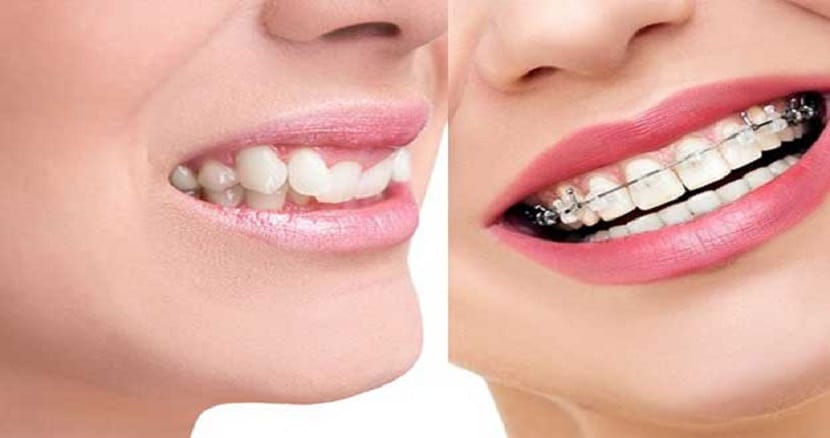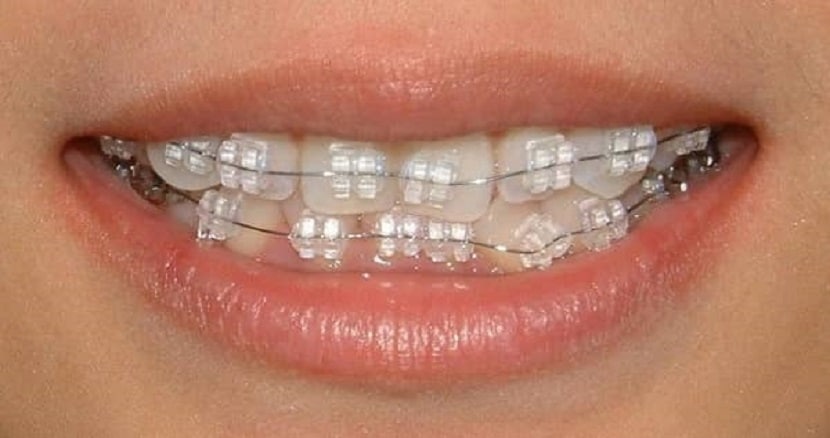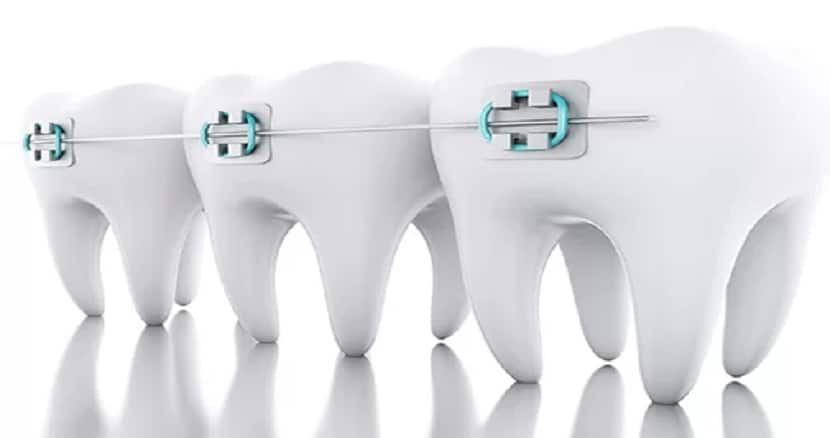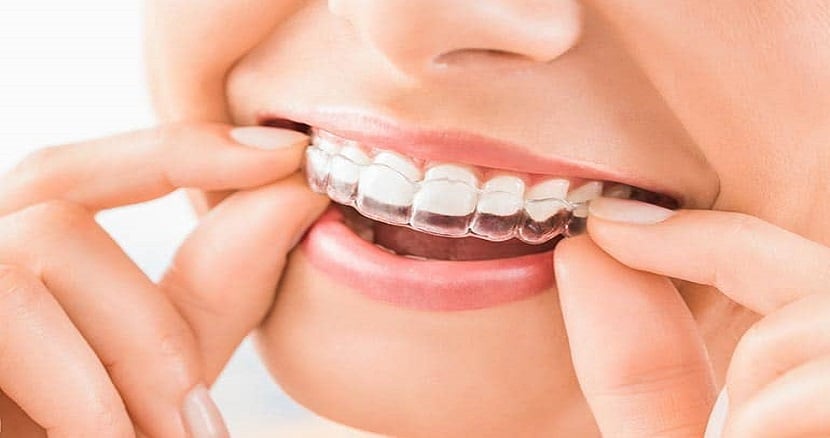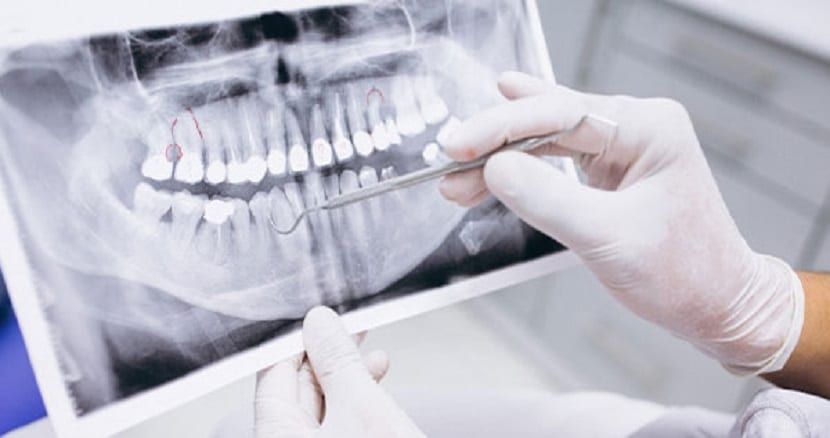Braces are dental tools that help correct the irregular position of the teeth, correct the jaw, improve chewing and beautify your smile.
Why Get Braces?
Adults can have the same kinds of orthodontic problems that children and teens have,such as crowding or too much space between teeth, as well as overbites and underbites.
A common misconception is that you may be too old for orthodontic treatment or your situation is too difficult to consider treatment,but that’s not the case, experts say
In fact, the determining factor on whether patients are good candidates for treatment or not is the health of their teeth and gums, not the age of the person.
Over time,misaligned jaws or teeth can cause both health problems and pain as it leads to abnormal wearing of the teeth’s surfaces.
“If an adult patient leaves misaligned teeth untreated, it could lead to other dental problems such as tooth decay,gum disease and difficulty chewing and TMJ problems
Orthodontic treatment creates a better bite, making teeth fit better and decreasing the risk of future dental problems
People who had braces or aligners when they were younger may be surprised that treatment as an adult may take longer.
Since adults have stopped growing, their bones are more stable, which makes the process slower.
In the end,however,it’s the patient’s biology,regardless of age,that will drive the speed of tooth movement
Types of Braces:
There are five main types of adult braces, each with their pros and cons.
- Metal Braces
Traditional metal braces use small fixtures,called brackets,that are attached to the teeth with adhesive and a thin metal wire,called an archwire,is engaged in the bracket to exert gentle but consistent pressure to slowly straighten and reposition teeth over time.
- Ceramic Braces
These use tooth-colored or clear brackets,rather than metal.
Pros:The brackets are less noticeable than metal braces.
To be even more inconspicuous, tooth-colored wires can be used
Cons:As the brackets are tooth-colored or clear,patients need to be diligent with their oral care as some brackets can stain easily.
Newer ceramic brackets do not stain,but the elastic ties around them can stain.
- Lingual Braces
These are the same as metal braces, but they go behind teeth.
Pros: Because they’re on the inside of the teeth, they’re invisible from the outside.
Cons: They’re more expensive and harder to place.
Regular adjustments will take longer.
They’re more of a challenge to clean effectively due to their placement.
- Self-Ligating Braces
These braces use a system built into the bracket to hold the archwire rather than using elastic bands or metal ties like metal, ceramic and lingual braces.
However, metal, ceramic and lingual braces all may be self-ligating.
Pros:A 2019 study found the alignment of the upper teeth was substantially faster in the initial four months of treatment,making this a good option for those who are looking for a shorter duration of treatment.
Another benefit is that they are easier to clean than other braces.
Cons:. These types of brackets are found in the market in two forms, metal and ceramic, but they are not the right choice for all patients, although these types of brackets reduce the length of treatment, but they do not have all the necessary features to achieve satisfactory treatment results.
- Clear Aligners :
Also referred to as invisible aligners,these are a popular choice for adults who prefer a more discreet treatment than traditional braces.
Teeth are gradually moved into their proper position by wearing a set of aligners that the orthodontist changes out every one to three weeks for the duration of the treatment.
Pros:Rather than using wires and brackets, aligners are made of clear plastic that are virtually invisible.
Aligners are removable and worn about 22 hours a day,so they can be briefly taken out to make eating and oral hygiene easier.
Cons: Since invisible aligners are not as precise as the old braces, some patients may need to “correct” their teeth with braces after a few months to make small changes to their teeth at the end of the treatment.
One of the first transparent aligners is Invisiline, but now there are different brands of transparent braces.
What to Expect When You Get Braces :
During an initial consultation,the orthodontist will listen to your concerns and work with you to determine what options are best both for your lifestyle and for your particular orthodontic issues.
It’s important to be clear when talking to the doctor about your general health history,all medications you are taking and any habits like smoking or nighttime teeth grinding that may affect treatment.
The orthodontist will perform an oral exam and take an X-ray looking to determine the health of your teeth and gums both above and below the surface before recommending a course of treatment.
Someone from the orthodontist’s practice will discuss your payment options, fees charged and insurance coverage.
When braces are being bonded,a retractor,which is a device that keeps the mouth open so the orthodontist may work unimpeded,is placed first.
Then,a mild solution will be put on the tooth surface,which is then quickly rinsed off.
This prepares the tooth surface for the adhesive that will be applied before adding the bracket.
The orthodontic wire will be threaded through the brackets once they are placed.
Depending on the type of braces,the wire can either be held by a clip built into the bracket or by a series of small rubber bands called ligatures.
When getting aligners,orthodontists follow a similar approach to putting on braces.
A retractor will be put into place and a mild solution will be put on the tooth surface and then quickly rinsed off.
A special adhesive,called attachments,will be placed on certain teeth determined by the orthodontist so the aligner will stay in place and movements can be fully expressed.
At this point your first set of aligners will be placed.
Remember you are trying to move the teeth so,similar to braces,this will not be comfortable at first.
Fees for orthodontic treatment vary as there are several factors to consider, including:
Doctor’s costs.
What type of orthodontics are recommended.
Severity of the problem.
How long the treatment lasts.
Post-Braces Care :
The more time and energy you devote to care and following the plan your orthodontist gave you, the better results you will get.
Once the braces or aligners are removed,retainers are prescribed to keep your teeth in place.
Wearing them diligently is the key to maintaining the success of orthodontic treatment.
the responsibility for keeping teeth where you and your orthodontist moved them rests ultimately with you.”

